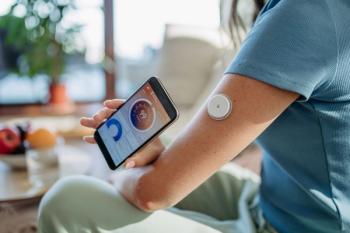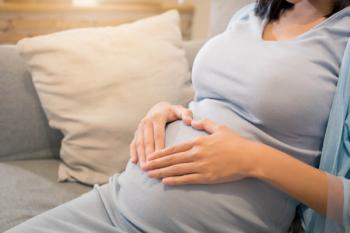
Oral Contraceptives Containing Drospirenone Present Increased Risk for Nonfatal Venous Thromboembolism
As clinicians and patients strive to find oral contraceptives that are safe and effective, newer varieties have emerged on the market. Venous thromboembolism, an adverse event that has been associated with third-generation oral contraceptives, is a serious concern, especially with the growing popularity of these newer contraceptives.
As clinicians and patients strive to find oral contraceptives that are safe and effective, newer varieties have emerged on the market. Venous thromboembolism, an adverse event that has been associated with third-generation oral contraceptives, is a serious concern, especially with the growing popularity of these newer contraceptives. To better understand these risks, researchers from Boston University School of Medicine conducted a case-control study comparing the rates of nonfatal, idiopathic venous thromboembolisms in women using oral contraceptives containing drospirenone with that in women using oral contraceptives containing levonorgestrel.
Researchers from the Boston Collaborative Drug Surveillance Program at Boston University School of Medicine examined 186 patients with nonfatal venous thromboembolism who were current users of oral contraceptives containing drospirenone or levonorgestrel and had a first-time recorded claim for a clinically diagnosed deep vein thrombosis or pulmonary embolism. The researchers compared their data with 681 women without venous thromboembolism who were matched by year of birth and index date (Figure).
Figure. Percentage of cases and controls using oral contraceptives, by type.
Women who were taking oral contraceptives containing drospirenone were more likely to be younger (younger than 30 years), to have a history of menstrual disorders, to have a shorter duration of use, and to have had a new episode of use as compared to patients taking contraceptives containing levonorgestrel.
Compared to those patients taking oral contraceptives containing levonorgestrel, the researchers found that the odds ratio for venous thromboembolism for oral contraceptives containing drospirenone was 2.3. Specifically, the odds ratio for deep venous thrombosis was 1.9 and the odds ration for pulmonary embolism was 2.6. The researchers did not see any meaningful change in the odds ratio after adjusting for duration of exposure-the odds ratio remained virtually the same at 2.4. They further noted that the odds ratio was not affected by switching from another hormonal contraceptive or by having a history of obesity.
The clinical implications of this study are significant, since the researchers consistently found a roughly 2-fold risk of nonfatal idiopathic venous thromboembolism among those women using oral contraceptives containing drospirenone, even after adjusting for multiple potential confounders and biases.
They explained: “These findings support more recent studies that suggest that drospirenone oral contraceptives are not as safe as levonorgestrel oral contraceptives with respect to venous thromboembolism and, in the absence of other considerations, should not be the first choice in oral contraception.”
More Information
Risks of Oral Contraceptive Pills: The Risk of Venous Thromboembolic Disease Associated With the Use of Oral Contraceptive Pills Venous Thrombosis Risk of Oral Contraceptives Varies
Reference
Jick SS, Hernandez RK. Risk of non-fatal venous thromboembolism in women using oral contraceptives containing drospirenone compared with women using oral contraceptives containing levonorgestrel: case-control study using United States claims data.
Newsletter
Get the latest clinical updates, case studies, and expert commentary in obstetric and gynecologic care. Sign up now to stay informed.










